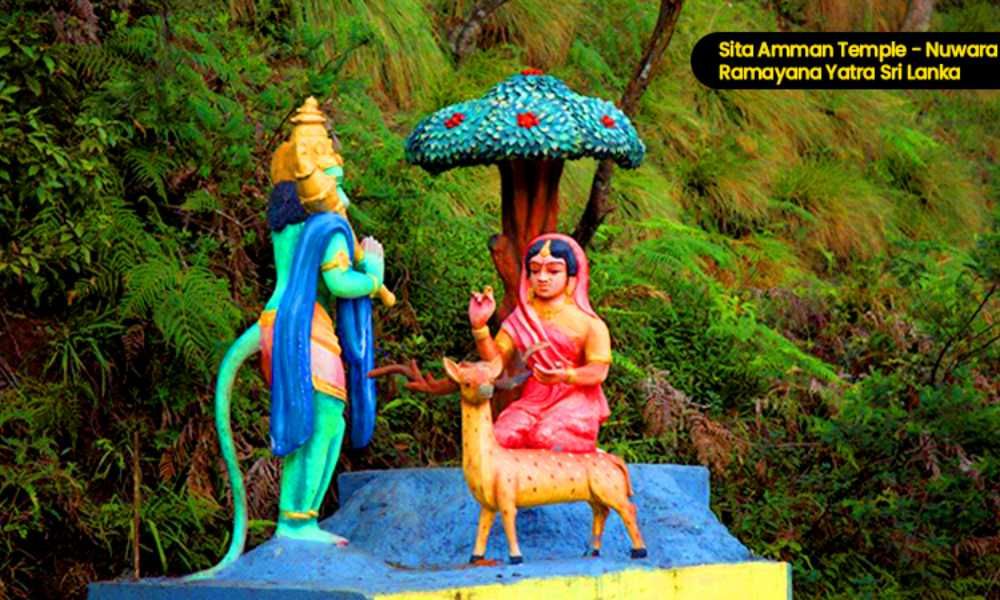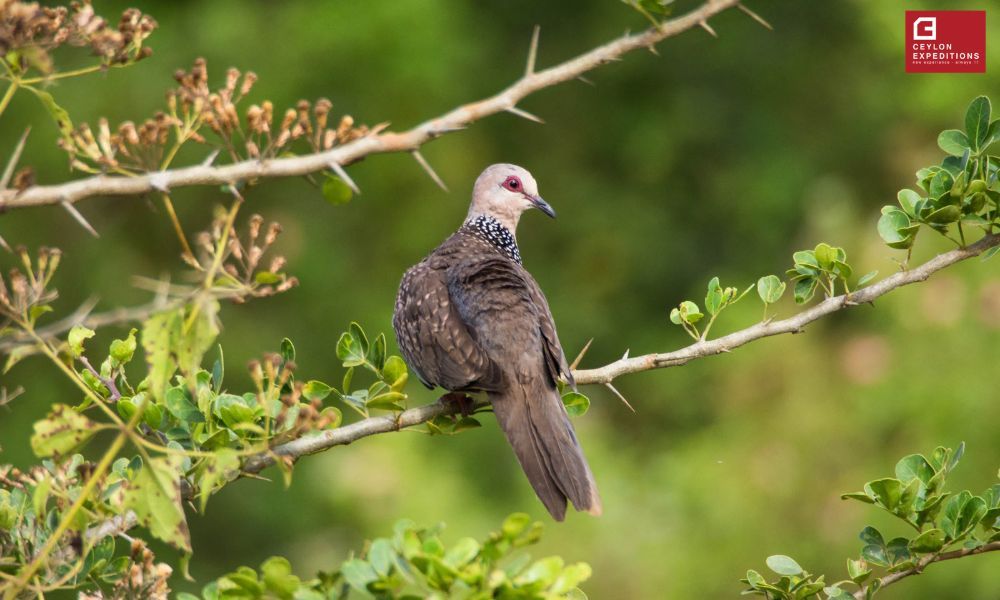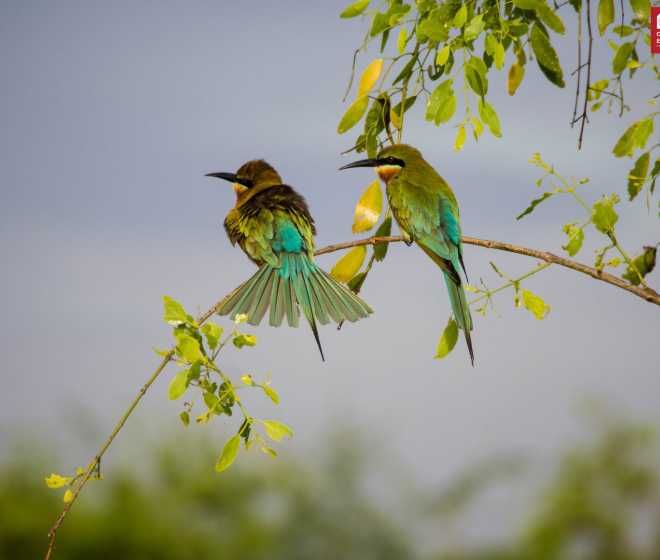
Sri Lanka human – Elephant conflict
Sri Lanka have ten to twenty percent of the Asian elephant population; the density is higher than any other state in this region. A land area of nearly five square kilometers is needed to support an elephant to make sure the natural balance that exists between the elephant and the dry zone habitats is not disturbed. According to this data, to current population of 3,500 elephants requires around 17,500 km2 or 27 per cent of the total land area while the protected areas in Sri Lanka covers only 12.5 per cent of the land area (or 8,200 km2). This indicates that nature parks and reserves are not able to ensure the sustainable prevalence of these beings and sustainable solutions are needs and to reach the prevailing solutions and the political willingness is the most necessary factor.
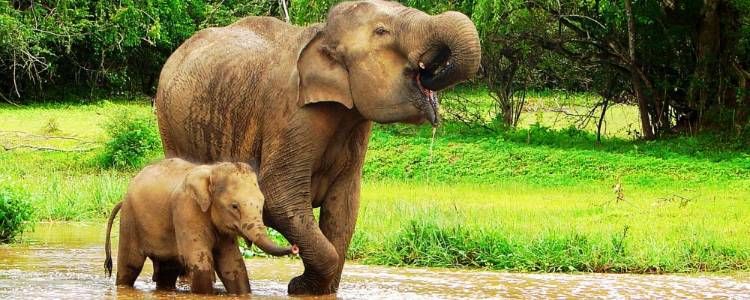
The lack of sufficient land area for existence of elephants is the foremost reason for human elephant conflicts. Droughts, floods and other climate change related incidents have been intensifying the conflicts in Sri Lanka while Sri Lanka has been ranked as the riskiest country for climate changes in 2018, according to global climate risk index.
Centuries ago, elephants were widely distributed from the sea level to the highest mountain ranges. Portuguese complained of elephants approaching their fortress in Colombo in the evenings. From early 19th century, British rulers sold the upcountry forest lands for commercial plantations of coffee, and afterwards tea.
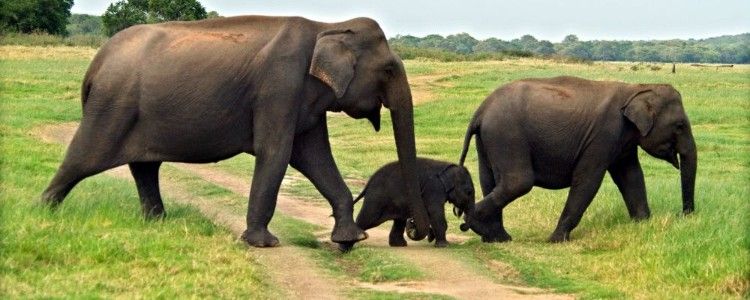
The Sri Lankan elephant population is now largely restricted to lowlands in the dry zone, east and southeast. Elephants are present in wild life reserves and a small remnant population exists in the Peak Wilderness Sanctuary. Apart from Wilpattu and Ruhuna National Parks, all other protected regions are less than 1,000 km2 in extent. Many areas are less than 50km2, and not large enough to encompass the entire home ranges of elephants that use them.
With the reduction of their habitats, elephant population have broken up and some herds have got pocketed in small patches of jungle. With their movement restricted, food and water sources depleted, elephants wander into new cultivated areas, which were their former habitat, in search of food and find a ready source of food and even stored paddy is not spared.
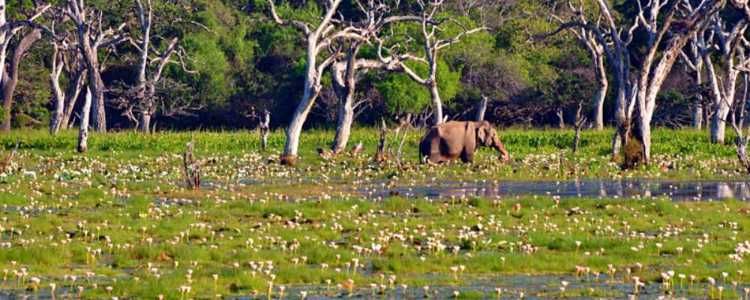
With their large size and equally large appetites, elephants can easily destroy the entire cultivation of a farmer in a single night. Therefore the farmers look upon the elephant as a dangerous pest and would rarely regret its disappearance from their area. Thus the conflict between man and elephant has become the most serious conservation problem facing the Department of Wildlife Conservation.
The ecological and social costs of clearing forests to resettle villagers have proved to be very high.
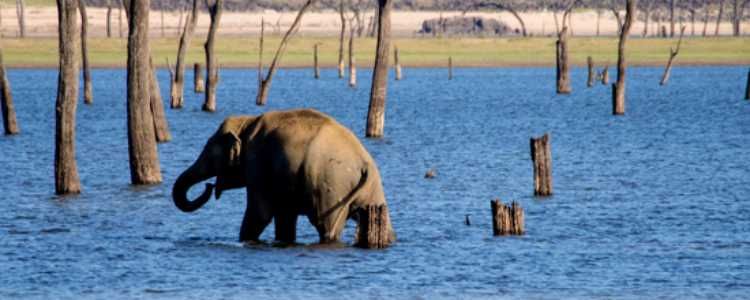
Since 1950, a minimum of 4,200 elephants have perished in the wild as a direct result of the conflict between man and elephant in Sri Lanka. During the last 12 years, a total of 1,464 elephants were killed, along with 672 humans.
Causes of conflict
-
The conflict between the two parties is due to the food shortage to the elephants caused by:
-
Reducing forest area due to development works
-
The rape of the forests
-
Villagers encroaching into forests
-
Grasslands being used by farmers’ cattle
-
Low forest quality
Reduced forest area
During the past few centuries forest area was reduced due to cultivations, depriving elephants their natural habitats. The lands consist of mountainous and valleys or rolling lands with highlands and low valleys. Over the centuries, top soil from mountains and highlands got washed off due to rain and sediments were deposited in valleys. These fertile valleys support lush vegetation and provide most food to elephants.
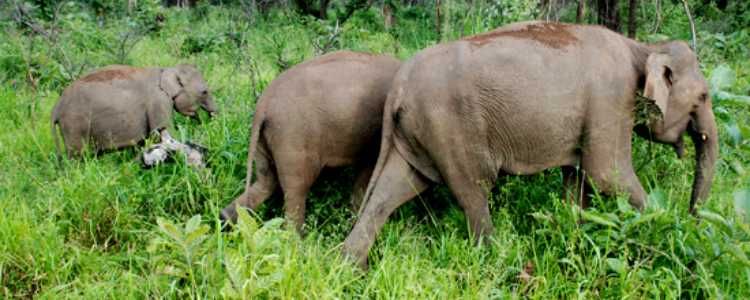
During the development schemes, the lands below the irrigation canals were allocated to settlers, and mountains and highlands with poor soils were earmarked as animal sanctuaries. But none looked into the ability of the high lands to supply animal needs.
Village encroachment
During colonisation, landless families were settled in development schemes. After decades, with children grown up and raising families of their own, original lands are insufficient. They encroach into low fertile valleys depriving elephants from their food supply. While villagers encroach into forests, authorities under political pressure turn a blind eye. When elephants enter their traditional lands, villagers complain and demand electric fences to keep elephants at bay. Even the elephant corridors are not safe from encroachment.
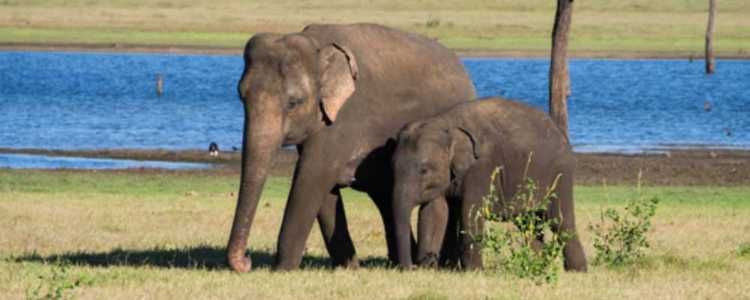
Grasslands being used by farmers’ cattle
Grass are a major component of elephant’s food and is found mostly in lands undergoing periodical floods, also reservoir beds when water levels go down. Cattle farmers have found convenient to drive their cattle into traditional elephant grasslands, depriving elephants their food.
Low forest quality
With the forests being deprived of their tall trees for human needs, their slow growth give rise to gaps being filled with shrubs. The eating habits of elephants reduce foliage of consumable plants, meanwhile non-consumables, especially thorny shrubs continue to expand. Currently, most forests are being filled with thorny shrubs.
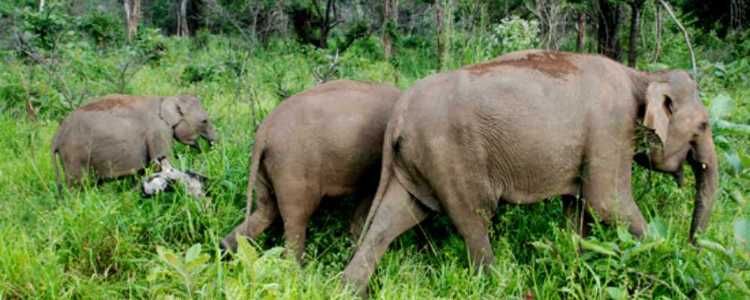
Wildlife conservation
During the last century, Sri Lanka has established probably the widest, wildlife conservation areas in Asia. Most located in the low country dry zone, where human pressure was not serious enough to prevent the recovery of elephant numbers. The recovery was slow at first, but under the management of the Department of Wildlife Conservation (DWC), the number of elephants seems to have picked up
